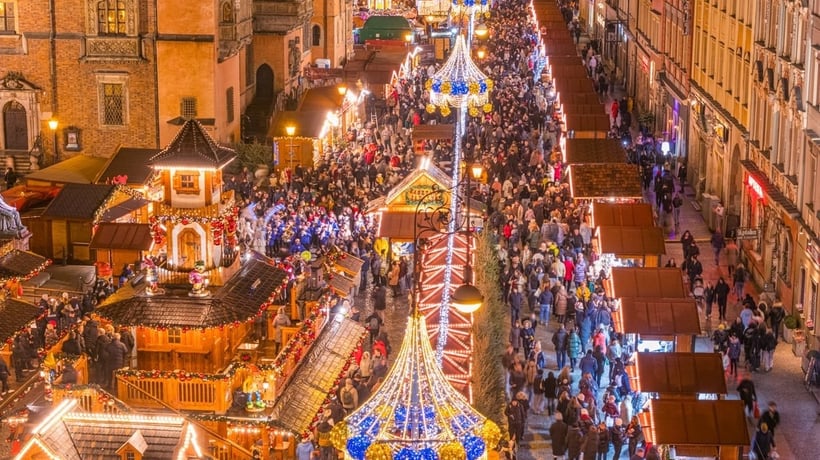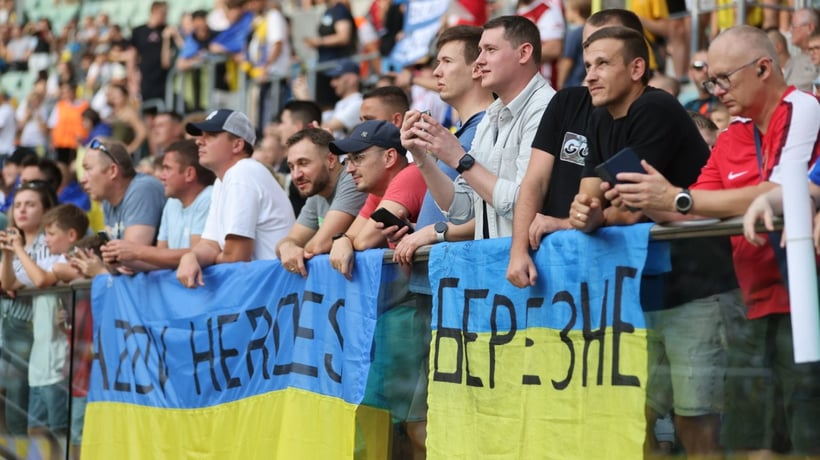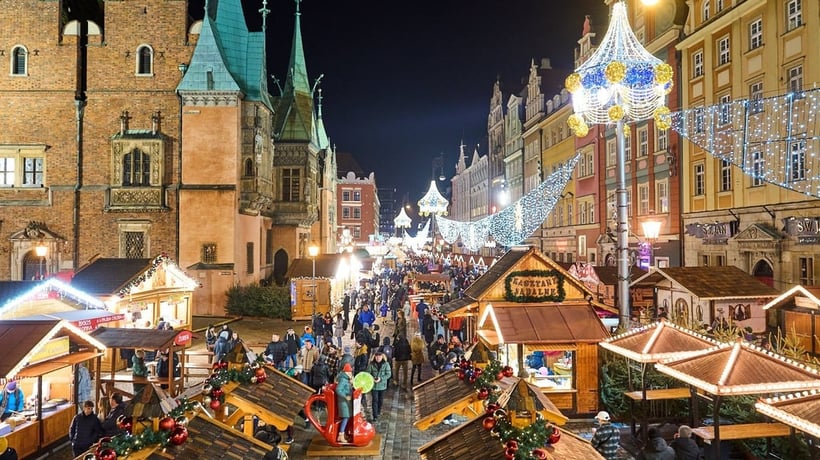Old Town
Kaunas is a densely built-up and compact city, the Senamiestis area, or the Old Town, being inserted in between the confluence of the Neman and Neris Rivers. Established as a castle settlement, Kaunas was granted the City Charter in 1408. The city boasts several dozen historical landmarks, including the castle, a Gothic town house in Kurpių g. 12; the Baroque and Neoclassical Double House in Jonavos g. 6; Napoleon's House in Muitines g. 14 or 19th-century town residences and granaries.
- Kaunas Castle
Various historical sources attribute the location of Kaunas Castle either to Lithuanians or the Teutonic Order. The fortress was set up in the 14th century. The Lithuanians reportedly built a brick fortress, which was also the first in its kind in the history of Lithuania. The Teutonic Order are known to have constructed a massive fortress called Ritterswerder. With 60 thousand people involved in its construction (transferred to the site, along with the materials, using the Neman River navigation system), the fortress took only six weeks to complete. Flooded many times by the Neris, the fortification complex was reduced by 60%. Only two corner towers and several sections of the walls have survived. A hoarding and a small museum in the tower are open to the public from 10 am to 6 pm.
- Town Hall Square
The most beautiful market square in the whole of Lithuania is also its only one thoroughly preserved. The architecture in the area combines Gothic, Renaissance and Neoclassical styles. The building in Rotušė Aikštė 28 houses the Museum of the History of Medicine and Pharmacy, while the building in Rotušė Aikštė 18/19 used to serve as a post office.
- Town Hall
The pride of the Town Hall Square. Slender and beautiful, the building is also referred to as White Swan. Founded in the 16th century, it was rebuilt at the end of the 18th century. The tower is 53 metres in height. The Town Hall, which served its purpose with short intermittent breaks, now houses the Registrar's Office and the Museum of Ceramics. The building was thoroughly renovated in 2005.
- Vilniaus Street
The quaint Vilniaus Gatvé is a major street in the Old Town. Lined with shops and cafés, the street now serves as a pedestrian plaza and is brimming with tourists The majority of the buildings in the street date back to the 16th century. Visit the area to admire these veritable gems of architecture.
- St Peter and Paul's Cathedral
Kaunas Cathedral is a massive building made of red bricks. The largest Catholic church in Lithuania is also its only basilica. 84 metres in length and 34 metres in width, the church boasts a nave that is 26 metres tall and took more than two centuries to complete (construction started in the 15th century)! The church was finally built in 1655. Visitors can access the cathedral free of charge.
- Presidential Palace
The former governor's palace was built as a private residence in the mid-19th century and later served as a residence of Russian officials. The presidents of independent Lithuania: Smetona, Stulginskis and Grinius, later resided in the palace. Their monuments are now standing in front of the building. The palace houses a branch of the Vytautas the Great Military Museum. Since 2004, the site has been serving as an official residence of Lithuanian presidents.
- House of Perkūnas
This Gothic building was constructed at the turn of the 15th and 16th centuries. Made from red bricks, it features a late Gothic gable wall. The name of the building is derived from a legend which locates a pagan shrine of Perkūnas, the god of fire and thunder, in the area. Initially, the House of Perkūnas served as a Hanza trading post and later as a chapel. Since the 1990s, the building has been in the custody of the Jesuit Order, who converted it into the Adam Mickiewicz Museum. The Museum is open free of charge, but small offerings are always welcome.
- Church of the Assumption
The Oldest church in the Old Town of Kaunas, the building was founded by Vytautas the Great at the beginning of the 15th century and bequeathed to the Franciscan Order. The monastery was dissolved after the November Uprising of 1830, and the Catholic church was converted into an Orthodox one. The building was turned into barracks at the end of the 19th century. The vaulting is particularly valuable, whereas Gothic wall are only partially original.
- Millers' Tower and city walls
In the 17th century, Kaunas was surrounded with city walls and fortified towers on the strength of the privilege that King John II Casimir Vasa granted to the city in order to reinforce its standing after the Swedish invasion of Poland and Lithuania. The Millers' Tower is the only tower to survive from the city's historic fortification system. Cylindrical in shape, the building is connected to an existing section of the city walls, which is 40 metres in length and 5 metres in height.
NEW TOWN
The New Town began to emerge in the latter part of the 19th century. The quarter served as the landmark of independent Lithuania. Have a walk along 2km-long Freedom Avenue (Laisves aleja) to feel the atmosphere of the area and admire its modernist architecture (dating back to the 1920s and 1930s).
- Freedom Avenue
Known as Emperor Nicholas Avenue in the 19th century, this large pedestrian plaza was lined with large town houses and massive public buildings. Every resident of Kaunas will readily admit that this is where most of the Kaunas life is located.
- Kaunas Mosque
Located at the easternmost tip of the New Town next to Peace Park, the Mosque was built in 1930 in the Moorish Revival style to replace a wooden temple. Out of service after World War II, the site was open to the public in the 1990s. Its slender minaret features a beautiful system of domes as well as muezzin arcades, which are rarely found even in Eastern European mosques.
- Devil's Museum
The site is officially known as the Žmuidzinavičius Museum. This is a really cool place and a truly devilish one as well, as it houses a collection of over 3 thousand effigies and representations of the devil from all over the world, all of them gathered by Antonas Žmuidzinavičius, an eccentric painter and the patron of the Museum. The Museum is open to the public Tuesday–Sunday from 11 am to 6 pm.
Pažaislis Monastery
This Camoldelese monastery and church is one of the most celebrated sights in Lithuania and a must see for visitors. The site is now surrounded by the waters of Kaunas Reservoir, a massive artificial lake on the River Neman, which only adds to the spectacular qualities of the setting. The Monastery houses a museum. In the vicinity there is also a unique health resort called Monte Pacis, where contemporary versions of historical monastery dishes are served. Pažaislis Monastery is open to the public Monday-Saturday. Religious service is held on Sundays. How to get there: 30 minutes by bus and continue 20 minutes on foot.
Not to miss
- The City Museum ( M. Valančiaus Gatvé 6) houses a collection of exhibits that testify to the history of the city, science and industry, culture and arts, sound and image and archaeology.
- Vytautas the Great Bridge is also called the "world's longest bridge", as it used to take 13 days to cross the Neman in the area. Kaunas was once located in the Russian Empire, whereas Aleksotas was in the Kingdom of Prussia until 1807. With two different calendars in force on both sides of the river, the inhabitants of Aleksotas were 13 days ahead of their Kaunas neighbours.
- Žaliakalnis Funicular Railway ( Aušros Gatvé 6) is a short funicular railway that climbs the steep banks of Žaliakalnis. Open in 1931, the railway can serve up to 36 passengers and travels at a speed of 2m/s. Journey time is 1 minute and 38 seconds.
- Ąžuolynas (Oakwood Park)( Sporto Gatvé) is the largest oakwood park in Europe (84.42 ha). Visit the park to see the "Stumbras" Monument, walk down the Adam Mickiewicz valley, take a break at the Memorial to Steponas Darius and Stasys Girėnas (legendary Lithuanian pilots) and visit the "Valley of Songs".
- The Stumbras Museum( K. Būgos Gatvé 7) will take you on a journey through the history of Lithuanian distillery and vodka production, including the origins and development of the industry, distilling machinery, labels and contemporary production processes used at Stumbras plants.
- Kaunas Fortress(Ninth Fort: Žemaičių Pl. 73, Seventh Fort: Archyvo Gatvé 61) comprised nine different forts prior to the outbreak of World War I. It also featured gun batteries and other defensive fortifucations. Forts 7 and 9 are open to the public. Visitors can also tour the fortress museum.
Sightseeing...
- by bike... Kaunas is also known as the cycling capital of Lithuania. Find out more about bike rentals, popular routes and cycling trails at: the Kaunas Tourist Information Centre ( Laisvės Al. 36), www.kaunastic.lt
- in an open decker... This is a unique opportunity to tour Kaunas in an open decker with an audio guide in 8 different languages , www.kaunascitytour.com
- by boat... The largest reservoir in Lithuania is surrounded by scenic landscapes, which makes it a perfect destination for a cruise. Find out more at the Kaunas Tourist Information Centre.
Useful information
- Parking fees in the city centre and the Old Town are payable on weekdays from. 8 am to 6 pm, with the exception of the Town Hall Square, where the fee is charged on weekdays from 11 am to 9 pm.
- The centre of Kaunas is divided into 4 parking zones, yellow and red being the most expensive and blue and green being the cheapest.
- You can pay your parking fees in the city centre by credit card, in cash, by e-card or by sending a text message via your GSM operator.
- Public transport services operate 16 trolleybus and 36 bus lines between 4.30 am and 10.30 pm. You can pay for the service with digital ticket cards that you can top up using your digital wallet and/or digital tickets for different periods (3, 7, 30 and 92 days). The cards are available at "Kauno Viešasis Transportas" KVT points. You have to validate your card on boarding the vehicle. The tickets you buy on entering the bus do not have be validated.
- Smoking is prohibited in cafés, restaurants and public places. Drinking alcohol is prohibited in the streets, parks and public transport.






